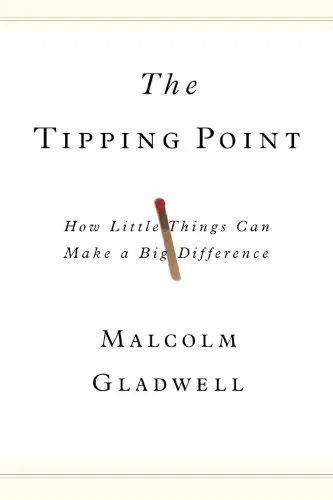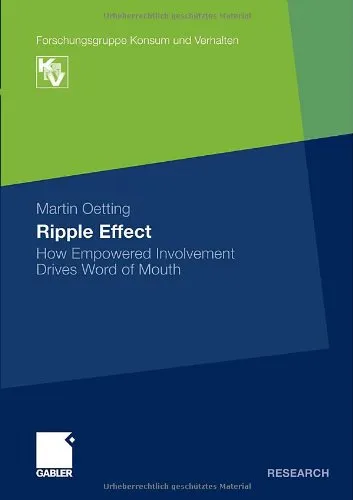The Tipping Point: How Little Things Can Make a Big Difference
4.5
Reviews from our users

You Can Ask your questions from this book's AI after Login
Each download or ask from book AI costs 2 points. To earn more free points, please visit the Points Guide Page and complete some valuable actions.Related Refrences:
Welcome to the world of 'The Tipping Point: How Little Things Can Make a Big Difference,' a groundbreaking book by Malcolm Gladwell that explores the phenomenon of how small changes can lead to a dramatic shift in trends, behaviors, or ideas. In this work, Gladwell dissects the anatomy of tipping points and provides readers with a framework for understanding how seemingly minor events can cause widespread impact.
Detailed Summary of the Book
'The Tipping Point' introduces readers to the concept of how small actions at the right moment, in the right way, with the right people, can create a tipping point, leading to massive change. Gladwell uses a variety of examples, including the sudden drop in crime rates in New York City and the explosive popularity of Hush Puppies shoes in the 1990s, to illustrate his points.
Throughout the book, Gladwell identifies three critical components that drive the phenomenon of the tipping point: the Law of the Few, the Stickiness Factor, and the Power of Context. The Law of the Few highlights that a small, select group of individuals often have disproportionate influence on the spread of ideas and trends. These individuals fall into three categories: Connectors, Mavens, and Salesmen. Connectors are people who naturally know many others and connect disparate social groups. Mavens are information specialists, passionate about sharing their knowledge. Salesmen are charismatic persuaders who possess an innate ability to convince others.
The Stickiness Factor involves how memorable and impactful an idea or product is, ensuring it sticks in the minds of audiences. Gladwell discusses how subtle changes in the presentation or environment of a message can dramatically alter its stickiness.
Finally, the Power of Context examines the circumstances and situations surrounding the tipping point and the role environment plays in behavior. Gladwell argues that our environmental cues and context can dramatically influence the way ideas spread and take root.
Key Takeaways
- Small, strategic changes can lead to significant tipping points and social epidemics.
- Influencers, or those with the ability to initiate change, are key in spreading an idea or trend.
- The context or environment in which phenomena occur plays a crucial role in their development.
- Ideas and products must be made 'sticky' to embed themselves in public consciousness effectively.
Famous Quotes from the Book
"The tipping point is that magic moment when an idea, trend, or social behavior crosses a threshold, tips, and spreads like wildfire."
"Look at the world around you. It may seem like an immovable, implacable place. It is not. With the slightest push—in just the right place—it can be tipped."
Why This Book Matters
'The Tipping Point' is regarded as a seminal work in understanding the dynamics of change. Its relevance spans across various disciplines including marketing, sociology, and business, offering insights into how ideas spread and take hold. The concepts elucidated in the book have influenced how organizations think about introducing change, crafting marketing strategies, and fostering community and social change. By unpacking the mechanics behind viral trends and social epidemics, Gladwell equips readers with a new lens to view the power of influence in our interconnected world.
Free Direct Download
Get Free Access to Download this and other Thousands of Books (Join Now)
For read this book you need PDF Reader Software like Foxit Reader
Accessing books through legal platforms and public libraries not only supports the rights of authors and publishers but also contributes to the sustainability of reading culture. Before downloading, please take a moment to consider these options.
Find this book on other platforms:
WorldCat helps you find books in libraries worldwide.
See ratings, reviews, and discussions on Goodreads.
Find and buy rare or used books on AbeBooks.







